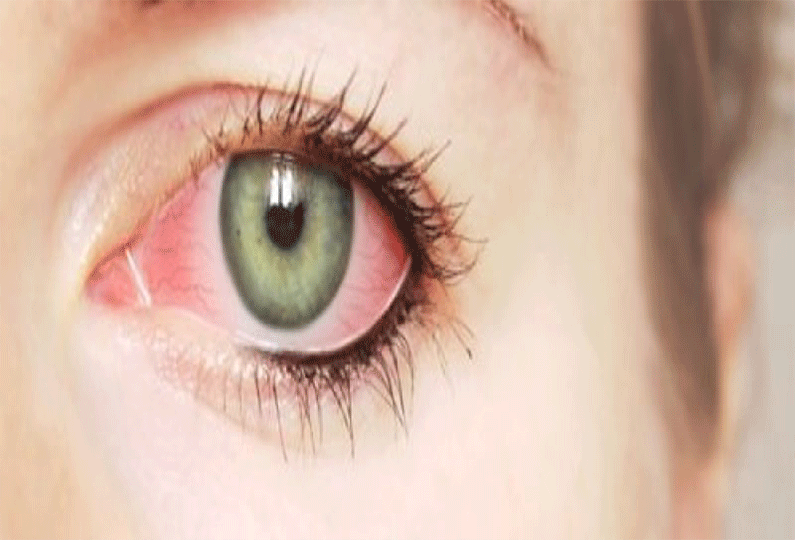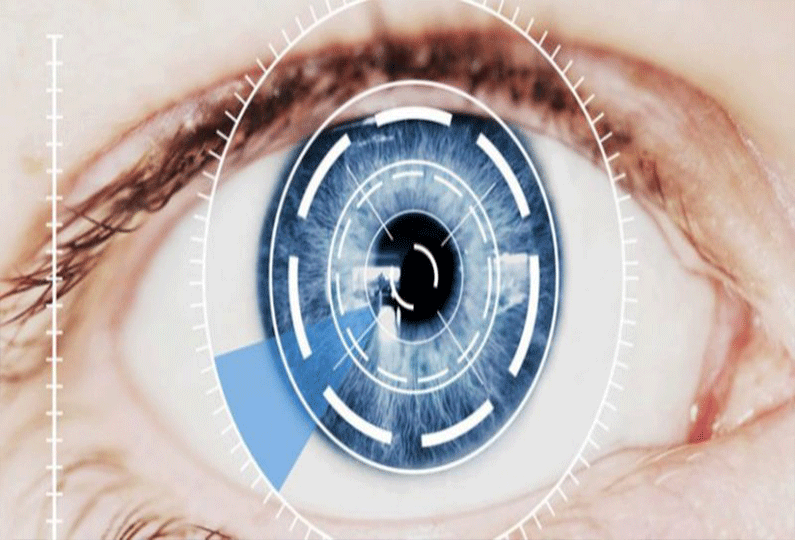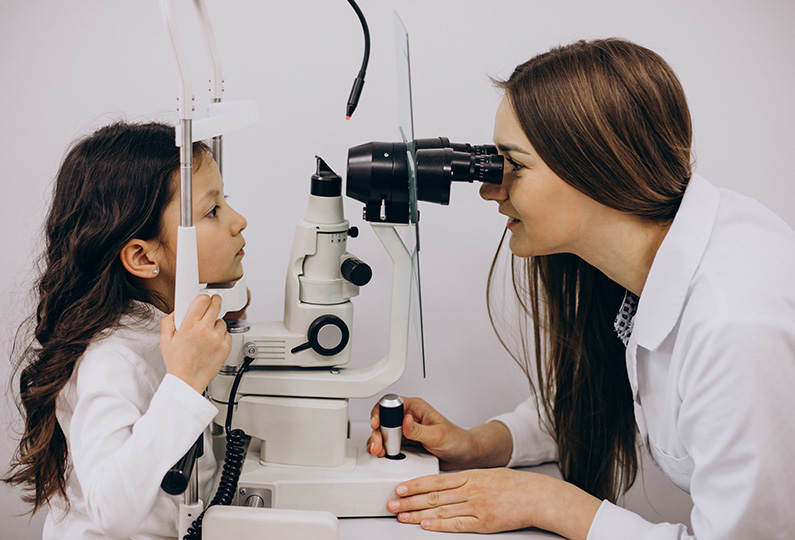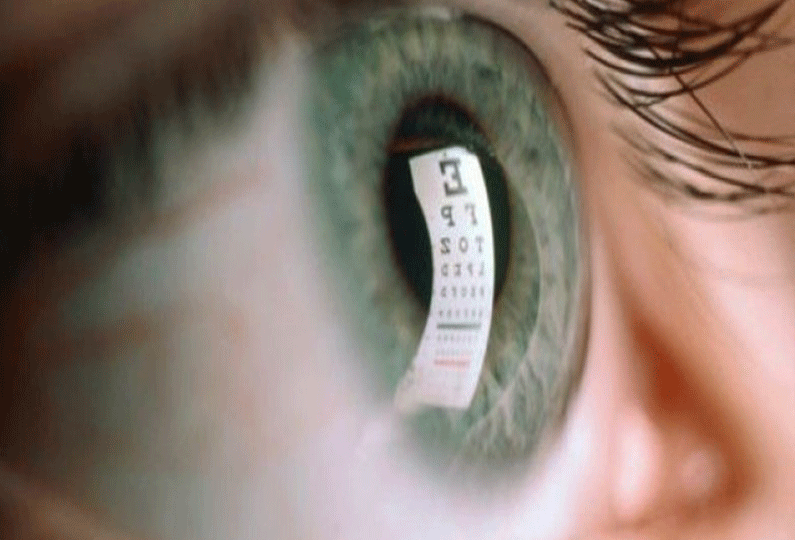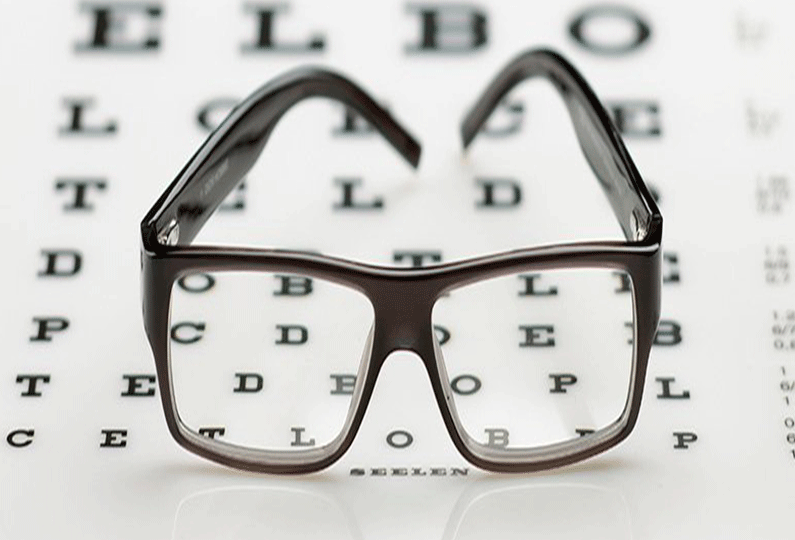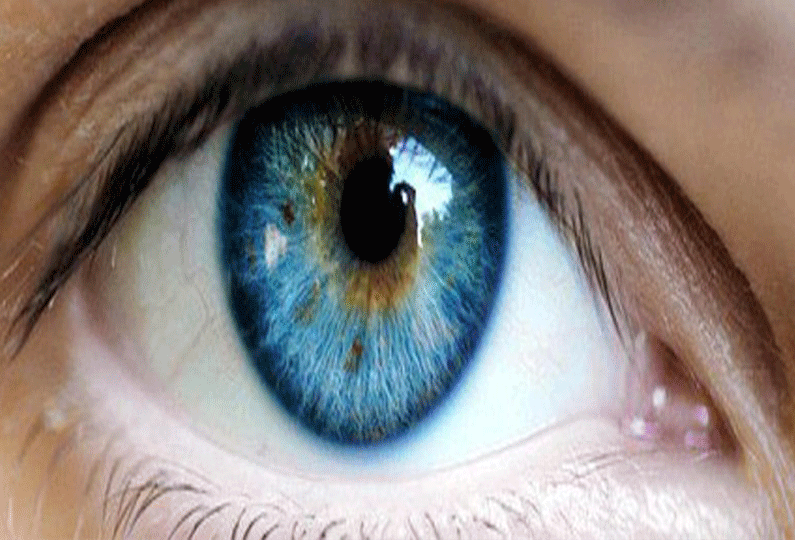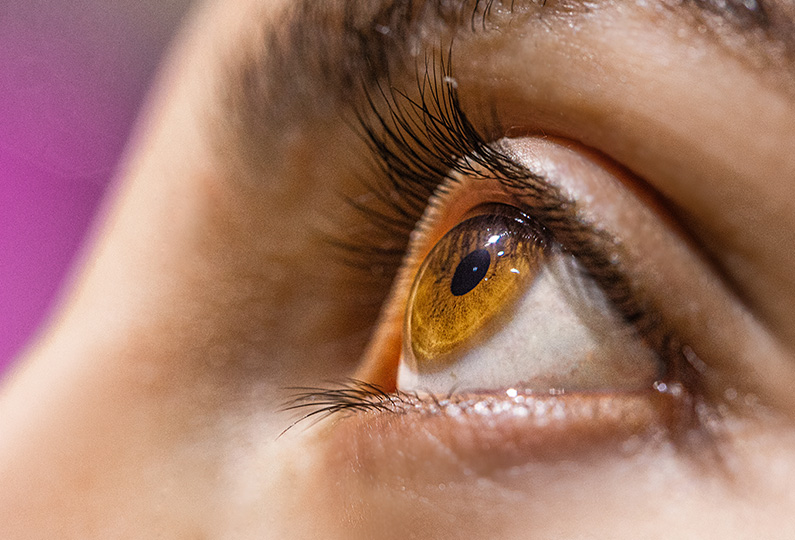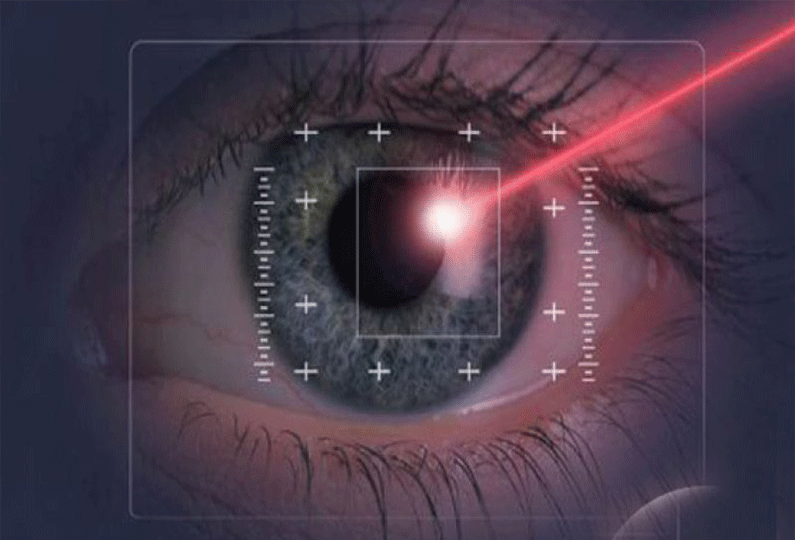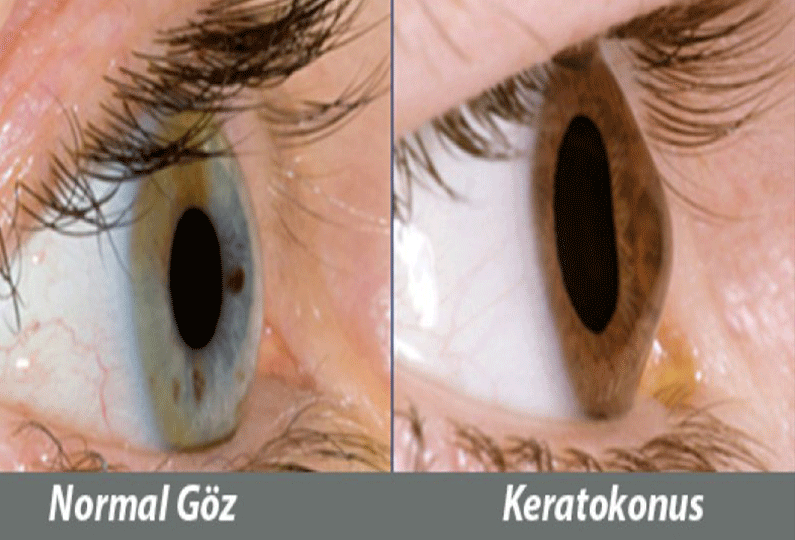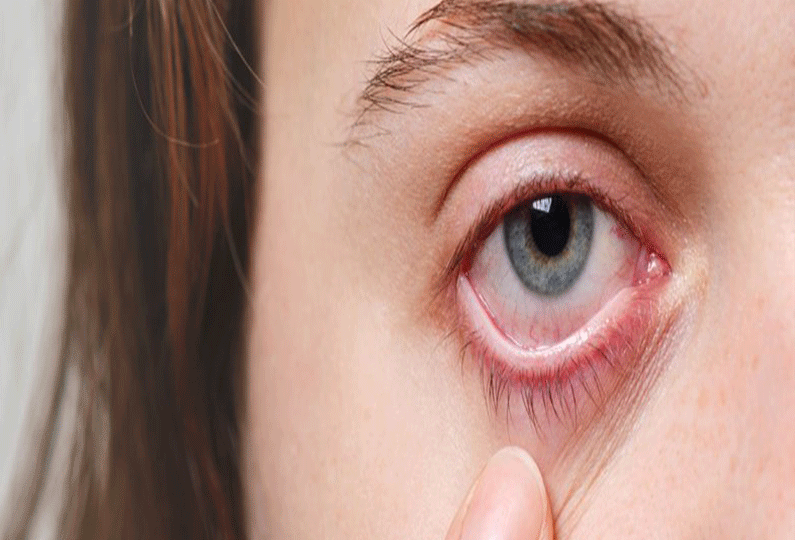Glaucoma
Glaucoma
Glaucoma is a disease that occurs when rising intraocular pressure destroys the optic nerve. Since the patient usually has no complaints at the onset of the disease, over a long period of time, the optic nerve undergoes wear and tear and this wear and tear may be irreparable by the time the patient realizes his/her condition. Therefore, it is obvious how important early diagnosis is in glaucoma.
Early diagnosis is based on examination and visual field examination by the necessary people.
Glaucoma Types
Glaucoma can generally be analyzed under 4 groups:
1. Primary Chronic Open Angle Glaucoma (Insidious Glaucoma)
It is the most common type of glaucoma and is caused by decreased elasticity of the drainage angle. The drainage angle may lose its elasticity over time, causing the intraocular pressure to gradually increase. If this increased pressure leads to optic nerve damage, this condition is called "Chronic Open Angle Glaucoma". More than 90% of adult patients with glaucoma have this type of glaucoma. Chronic open angle glaucoma can cause slow and unrecognized wear and tear of the optic nerve. The patient may not realize the problem until the damage to the optic nerve is too extensive. Vision loss is characterized by reduced peripheral vision. Computerized visual field examination can determine the rate of visual field loss. In the treatment of this type of glaucoma, eye drops are used to lower the intraocular pressure and protect the optic nerve. If intraocular pressure does not decrease and/or surgical treatment is applied.
2. Angle Closure Glaucoma
Sometimes the drainage angle of the eye can close suddenly. The root of the iris, the colored part of the eye, can block the drainage angle and cause it to close. Intraocular pressure rises rapidly.
Symptoms of acute (sudden) angle-closure glaucoma include: sudden visual impairment, severe eye pain, headache, seeing colored spots around lights, nausea and vomiting. Angle-closure glaucoma requires emergency treatment. Once detected, medication is started immediately, followed by laser iridectomy or surgical "iridectomy", a procedure to open a window in the iris. If not treated urgently, the possibility of vision loss is very high.
3. Secondary Glaucomas
It occurs when the outflow of intraocular fluid is blocked for a certain reason. Secondary glaucomas can develop as a result of accidents, use of certain medications (cortisone, etc.), tumors, inflammation, abnormal blood vessel formation (advanced diabetes, etc.). Treatment is directed to the cause, drugs that reduce intraocular pressure are used.
4. Congenital Glaucoma
It is a very rare condition. In congenital glaucoma, the drainage angle is abnormal from birth. Parents may notice a large eye (more elastic than the adult eye), clouding, watering in the presence of light and light avoidance in their child's eyes. The child should be taken to an ophthalmologist immediately. Treatment of congenital glaucoma is surgical. If the first treatment is not successful, a second or even third surgery may be necessary. After surgery, drops that stabilize intraocular pressure are used if necessary. Children with congenital glaucoma require very careful follow-up.
Glaucoma Diagnosis
During an eye examination, the ophthalmologist measures the intraocular pressure and evaluates the optic nerve. Intraocular pressure between 10-20 mmHg is considered normal.
Values of 20 mmHg and above are considered as suspected glaucoma. If visual nerve damage is detected as a result of visual field examination along with elevated intraocular pressure, this is considered glaucoma. Each eye may respond differently to intraocular pressure. In some eyes, intraocular pressure values above normal do not cause damage to the optic nerve and the patient is only followed up as suspected glaucoma or ocular hypertension. Damage to the optic nerve is revealed by computerized visual field examination.
In some patients, while blood pressure is measured within normal limits, damage to the visual border can be seen, which is called normal blood pressure glaucoma. As a result, the intraocular pressure value is personal and should be evaluated individually, since it is not known which blood pressure can cause damage to whom.
Glaucoma Treatment and Diagnosis
Once diagnosed, glaucoma should be treated as a lifelong disease. In the absence of an emergency, the initial treatment of glaucoma is with eye drops. Eye medications lower the intraocular pressure by reducing the production of fluid or increasing its outflow. The ophthalmologist evaluates the success of the treatment by measuring the intraocular pressure at frequent intervals and performing computerized visual field examinations. If successful, the treatment will be lifelong. Follow-up visits at 3 and 6-month intervals and visual field examinations between 6-12 months are necessary. If visual nerve damage continues to increase despite drug treatment, additional drug treatment is started. If this does not yield sufficient results, surgical treatment is performed to increase drainage. If necessary, drug treatment is resumed after surgery.
Remember! Glaucoma and You
- Glaucoma treatment is a treatment that you and your doctor will carry out together.
- Remember! This is your vision and it is your responsibility to maintain it.
- You should never stop or change your medication without consulting your doctor.
- Regular eye examinations and tests are essential to catch glaucoma-related changes in time.
- You should also tell your doctor about any other health problems and any medications you are taking for eye treatment.
